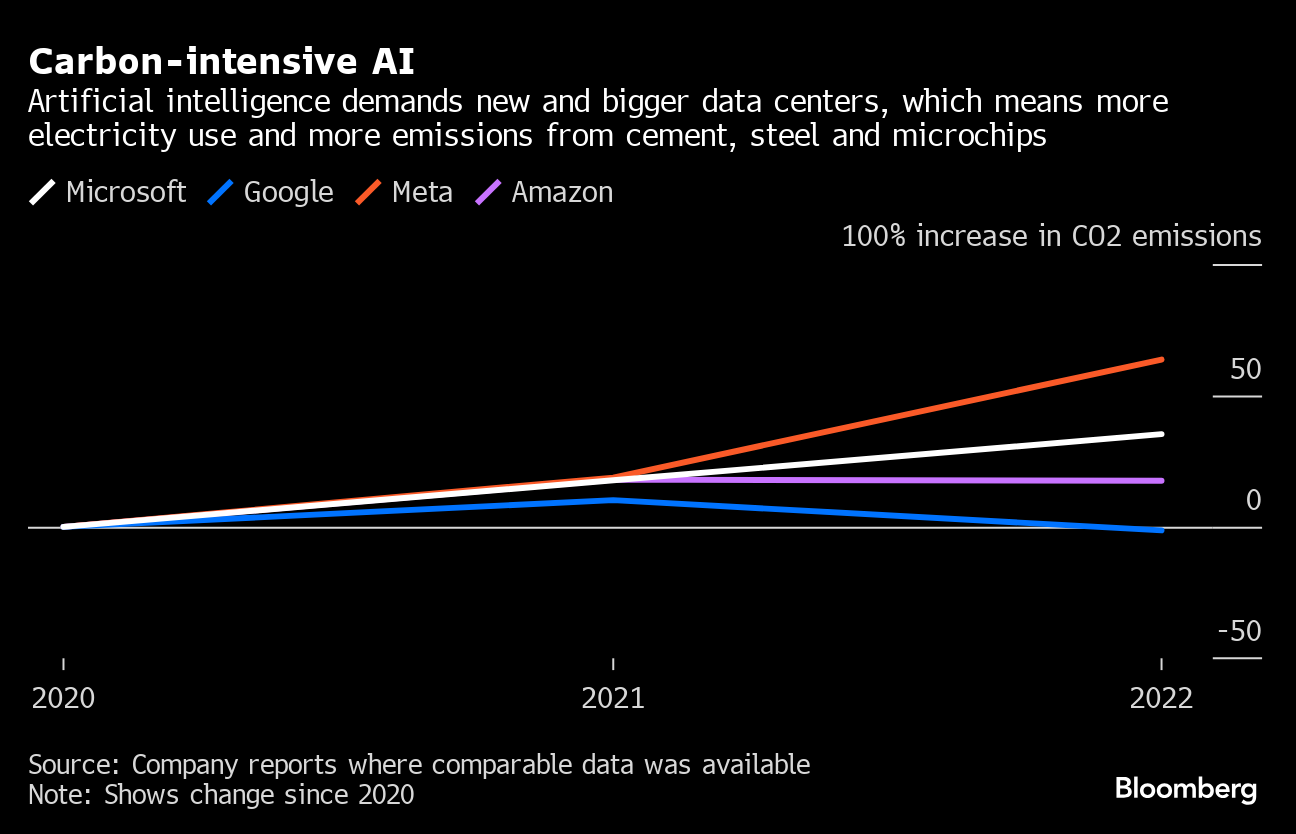In the fast-evolving landscape of artificial intelligence, a disturbing trend is emerging—the sidelining of women who have played pivotal roles in the development of this transformative technology. This news story delves into the recent controversies surrounding the AI community, particularly focusing on the lack of recognition for women like Fei Fei Li, Timnit Gebru, and Joy Buolamwini. As the world witnesses the dramatic resurgence of figures like Sam Altman at OpenAI, the spotlight turns to the persistent challenges faced by women in the AI realm.
The unveiling of marginalization
A recent incident, akin to a déjà vu moment from history, has sent shockwaves through the AI and tech community. The New York Times article, unfortunately, failed to highlight the monumental contributions of women such as Fei Fei Li, Timnit Gebru, Joy Buolamwini, and others. This oversight occurred amidst the controversial return of Sam Altman at OpenAI, backed by Microsoft, mere days after being ousted. This convergence of events sheds light on the increasing marginalization of women in the AI sector.
Uderneath the surface, a disconcerting reality unfolds—the persistent lack of recognition and respect for the work and voices of women in the AI industry. The removal of two female board members at OpenAI in favor of profit over ethics has ignited a fierce debate. The clash between profit-driven decisions and ethical governance raises questions about the effectiveness of governance structures within organizations like OpenAI.
Voices from the industry
To gain insights into these contentious events and their implications for AI development, voices from the tech and AI community were sought. Theodora Lau, Founder of Unconventional Ventures, expressed frustration at the recurrent theme of women being excluded from crucial decision-making tables. Lau emphasized the importance of representation in shaping the transformative future promised by AI.
Meredith Whittaker, President of Signal, voiced skepticism about the potential impact of adding diversity to boards without challenging existing power structures. Staci LaToison, an investor and catalyst for change, labeled the ousting of female board members as regressive, emphasizing the necessity of diverse leadership for technological progress.
The shift in industry dynamics
Victoria Hailey, with a background in IBM, highlighted the shift in the industry’s approach, moving from prioritizing quality and customer satisfaction to a relentless pursuit of speed to market. This shift, she argues, neglects essential safety mechanisms and results in a male-biased, aggressive approach, potentially leading to real human consequences in the industry.
The story delves into the ingrained systems perpetuating ‘inherited male bias,’ hindering efforts to dismantle them. Whittaker points out that concentrated capital incentives hinder necessary changes, and Lau recognizes the slow pace of change, especially during the challenges posed by the COVID-19 pandemic.
Media’s role in perpetuating bias
A critical examination of media reveals its complicity in perpetuating gender bias in AI discussions. The AKAS pronoun analysis of GDELT Project’s news database shows stark disparities, with men being quoted significantly more in AI-related news stories. This bias extends to the lack of representation among tech news editors and decision-makers, highlighting a pervasive issue within media spaces.
The story explores how Generative AI, reliant on sources like Wikipedia, replicates historical biases. Volha Litvinets, a Senior Risk Consultant, shares her experience addressing the Wikipedia gender gap, demonstrating the challenges faced in changing the narrative. The story underlines the significant impact of Wikipedia on training AI models and the urgent need to rectify the gender bias in its content.
Women’s struggles and contributions in the AI development
Insights from women within the AI community shed light on their struggles and contributions. Mia Dand, founder of Women in AI Ethics, emphasizes the refusal of women to be hidden figures in AI, calling for media and tech companies to address their exclusionary practices. The story features the experiences and perspectives of women like Karen Bennet, Stephanie Lipp, Stacie LaToison, Kelly Lyons, and Margaret Mitchell, highlighting the challenges they face and the vital role they play in reshaping AI’s trajectory.
As the narrative unfolds, a crucial question lingers—how can the AI industry address its inherent biases and provide equitable opportunities for women and minorities? The call for systemic dismantling resonates, demanding a paradigm shift in governance, media representation, and industry practices. The story prompts readers to reflect on the implications of the current state of AI development and asks: Can the industry truly progress without dismantling its ingrained biases and actively fostering inclusion?





